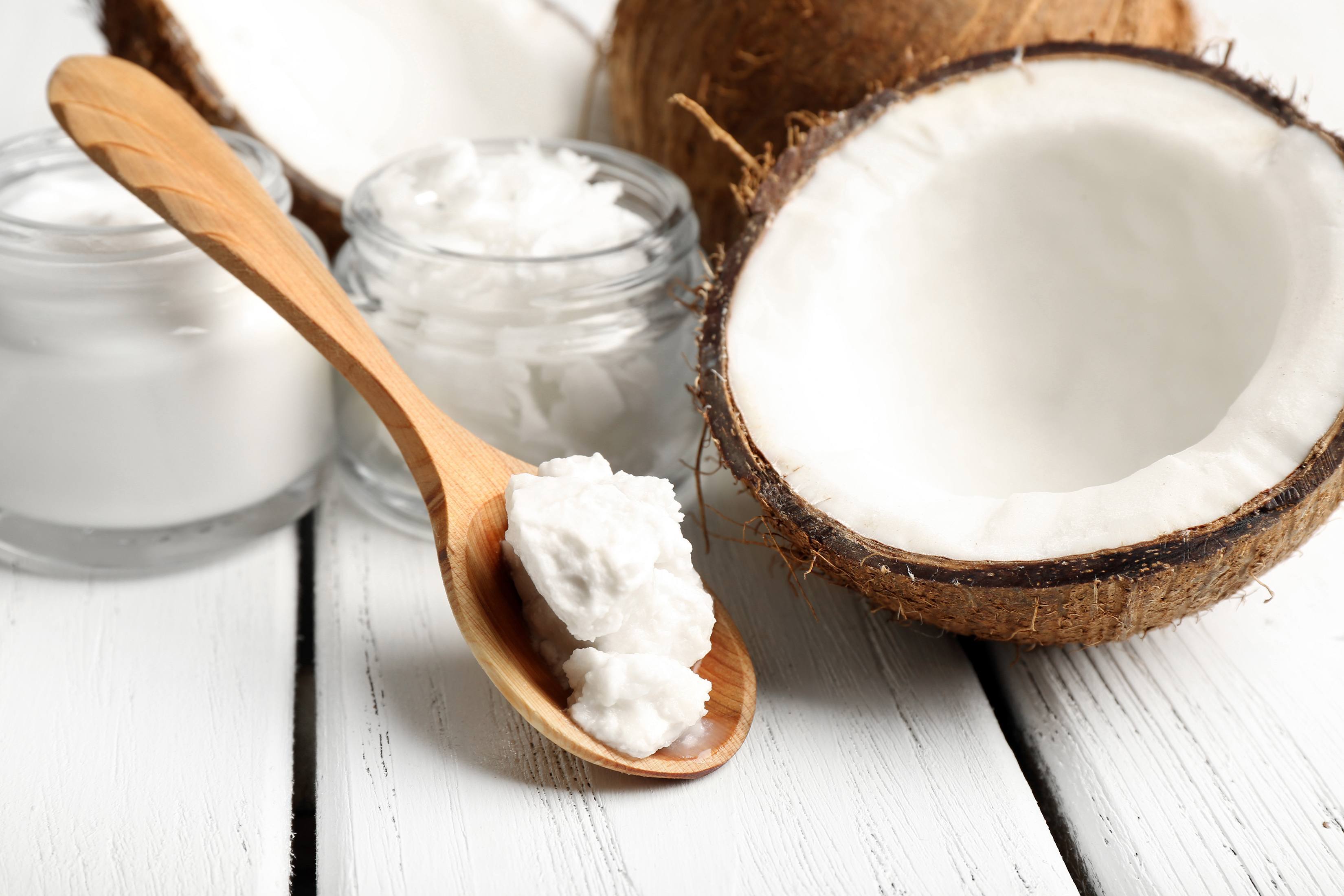Menu
Weight loss
Hormones
Sex
EXPLORE
MEET NU IMAGE MEDICAL
TREATMENTS
MEET NU IMAGE MEDICAL
TREATMENTS
MEET NU IMAGE MEDICAL
9 Natural Ways to Balance Your Blood Sugar


There are several ways that you can balance your blood sugar which in turn can help you control your appetite, reduce your chance of developing diabetes, and many other health benefits. It's important to eat foods that balance your blood sugar, and the majority of this article will be detailing some of the best foods that are helpful for balancing it. The rest of it has much to do with your lifestyle choices, such as when you eat and how much you eat in one sitting, and other factors. These 9 natural ways to balance your blood sugar will help you avoid  the blood sugar highs and lows that can cause you to eat more than you normally would throughout the day.
Method #1 - Eat low glycemic index foods
There are hundreds of foods that have a low glycemic index (GI), and these foods should be your primary source of nutrition if you are trying to balance your blood sugar. The glycemic index is used to measure how quickly a particular food will cause a rise in blood sugar. Pure glucose has a GI of 100, while other foods will var. Low GI foods release glucose more slowly than higher glycemic index foods.
Some examples of low GI foods include vegetable and animal protein sources like meat, fish, chicken, tuna, and tofu, most fruits and vegetables with the exception of a few fruits like pineapple and mangos and starchy vegetables, healthy sources of fat like avocados, coconuts, olives and nuts, and several other foods. Always try to have low GI foods available in your home which will help you stick to a healthier eating plan, and avoid high GI foods as much as possible.
Method #2 - Avoid high glycemic index foods
As important as it is to eat low GI foods, it is equally important to avoid eating high glycemic index foods. These foods are available everywhere, and as a result they are very easy to eat too much of. Avoid eating high glycemic index foods as much as possible, and stay away from junk foods that are high in carbohydrates and made with wheat and other additives that can throw your metabolism off and cause rapid rises in your blood sugar. High GI foods are what lead to insulin resistance because they trigger your body to release insulin, and when you start becoming insulin resistant it is an early warning sign of diabetes. Most people will also gain weight when they eat high GI foods on a regular basis, so be sure to avoid them as much as you possibly can.
Method #3 - Eat healthy fats to balance your blood sugar
Healthy fats from sources like avocados, coconut and olive oil, and nuts are an easy way to balance your blood sugar. Healthy fats break down more slowly than carbohydrates and slows down the absorption of glucose into the bloodstream. Fats provide more satiety which in turn helps you control your appetite and stabilizes your insulin response. Fat also causes the body to release bile, which contains toxins and hormones that need to leave the body, and this in turn can reduce inflammation levels and help to restore blood sugar problems. You do have to be careful to eat the right kinds of fats, as soybean oil, vegetable oil, corn oil and many other types of artificially created oils are definitely not a good option for blood sugar control and can increase inflammation levels.
Method #4 - Snack on healthy foods between meals
Snacking on healthy food is perfectly fine; the main problem with snacking is that most people pick junk foods. Junk food always causes a quick boost in energy because they are mostly high carbohydrate and high GI foods that quickly digest. The important thing is to be smart with your snacking, and that means avoid processed snacks and junk food like chips, candy, wheat snacks, any snack made with corn, and other snacks that are high in sugar. Health options like fruit, vegetables, cottage cheese, smoothies, nuts, and vegetable chips can balance your blood sugar and help to stabilize it throughout the day, helping to prevent you from being so hungry that you feel like you have to eat a large meal to be satisfied.
Method #5 - Eat protein with your meals
When you snack or when you eat a sit down meal, you should try to get at least one serving of protein. Protein releases energy more slowly than carbohydrates and as a result in helps to stabilize your blood sugar and provides a more constant source of energy. Protein helps the cells of your body pull sugar in for energy, and it's okay to have some carbohydrates with your meals, but it's more important to control the quality of the carbs that you eat as previously mentioned and avoid the carbohydrates with a high GI. Protein powders such as whey protein can work for some of your daily protein needs, just be sure that they use natural or organic ingredients.
Method #6 - Don't eat whole grain foods
Whole grain foods often have a GI that is just as high as white bread or bagels and other starchy or sugar loaded foods that can cause blood sugar spikes. Unfortunately whole wheat isn't a really healthy alternative to white bread, and most types of whole wheat breads are very high on the GI index. You can always look up exactly what the gastric index is for a particular type of whole wheat food that you want to eat, but in most cases you are better off not eating wheat foods at all. Many people gain weight when they eat wheat, and because the GI of many wheat foods is so high it can cause all sorts of blood sugar imbalances and also lead to insulin resistance in the same way that other grains can.
Method #7 - Get most of your carbohydrates from fruits and vegetables
Again, the key is not to totally avoid carbohydrates, but the best way to get most of the carbohydrates in your diet is from fruits and vegetables. Fruits and vegetables don't have the side effects that grains have for many people. They don't cause inflammation and allergies like they do for some people, and they don't lead to weight gain, unless you eat a ton of starchy vegetables like potatoes. Be careful with your choices, but the vast majority of fruits and vegetables are a perfectly healthy source of carbohydrates. Balance it out with healthy fat and protein and your blood sugar will stay relatively stable throughout the day and you won't go through periods of time where you feel starved, and meanwhile you won't gain weight either.
Method #8 - Get enough sleep
There is a connection between the amount of sleep that you get and your blood sugar, so be sure that you are getting enough sleep every night. Improving your sleep will have a wide range of different positive effects on you, and it can even help you control your appetite and the number of calories you eat each day, providing you with bonus weight loss benefits. By getting more sleep, it will help to control your cortisol levels, and it can reduce them. High cortisol levels are associated with chronic stress and insulin resistance. Studies have found that sleep deprivation also creates a metabolic response that can become similar to a pre-diabetic state.
Method #9 - Exercise as much as you can
You don't have to spend a ton of time at the gym, but exercising on a somewhat regular basis is always a good idea for several reason. There's plenty of research that shows that exercise can help to reverse pre-diabetes. When you've eaten a high carbohydrate meal it definitely helps to exercise as well, but the best thing to do is to avoid eating the high carb meal in the first place. A Finnish study found that people who exercised regularly reduced their risk of diabetes by 70% compared to those who didn't [1], so it's definitely one of the most important things that you can do to manage your blood sugar levels and your risk of diabetes as well.
Studies have also found that high intensity interval training is more effective at blood sugar stabilization than just running for a long period of time or doing other types of extended cardio, and we have discussed this type of training on our blog several times in the past. By taking the above mentioned steps, you can go a long way in reducing your risk of diabetes and re-balancing your blood sugar levels if you've found that you are hungry throughout the day, are pre-diabetic or are otherwise suffering from blood sugar problems.
References:
[1] - http://www.prevention.com/fitness/fitness-tips/exercise-plan-can-reverse-prediabetes
This article is for informational purposes only and does not constitute medical advice. The information contained herein is not a substitute for and should never be relied upon for professional medical advice. Always talk to your physician about the risks and benefits of any treatment. Nu Image Medical may not offer the medications or services mentioned in this article.
